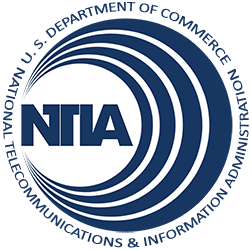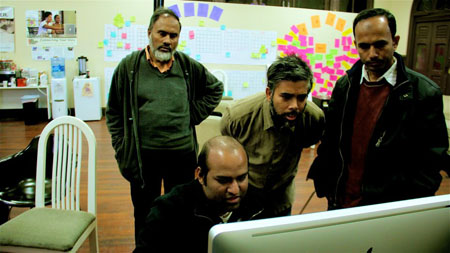Two Years and Five Updates for the National Broadband Map
Nearly two years ago, NTIA launched the National Broadband Map, and today we are updating it, as we have every six months since its inception. The map provides the first-ever detailed datasets of broadband availability across the country, and it would not be possible without a unique partnership between the federal government, states, and the voluntary participation of many broadband providers.
With funding from NTIA, made available by the Recovery Act, each state undertook a massive effort to locate broadband availability by census block, essentially dividing the country into more than 11 million distinct areas. A census block is the smallest unit of geography for which population or other data are available, and on average has a population of about 28 people. With these data, we can now see change at a granular and national level every six months.


